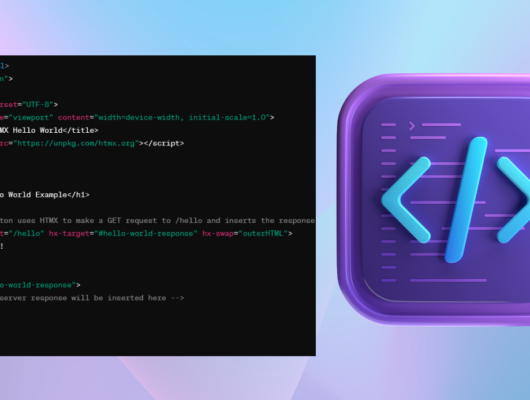The domain of web development has experienced a paradigm shift, progressing from basic, unchanging web pages to intricate, interactive digital encounters. The change has been propelled by the rise and progress of two crucial domains: frontend and backend development. Collectively, they constitute the fundamental structure of contemporary online applications, with each fulfilling a unique but interrelated function in shaping the digital environment.
Frontend Development: The Rise of User Experience
The user-facing component of web development, which pertains to the elements that users directly engage with, has seen significant changes due to the emergence of sophisticated HTML, CSS, and JavaScript functionalities. In its initial stages, the internet consisted of rudimentary webpages that mostly featured textual content and had minimal interactive elements. Nevertheless, as user expectations expanded, the intricacy of frontend development also increased. Today, the focus is on developing a user experience that is engaging and easy to understand, accomplished through advanced design techniques, adaptable layouts, and interactive components.
Crafting the Web’s Future: A Tale of Two Pillars
Frameworks such as React, Vue.js, and Angular have transformed frontend development by enabling developers to create interfaces that are more intricate, efficient, and user-friendly. These tools have facilitated the development of web applications that exhibit the same level of fluidity and responsiveness as native apps, hence blurring the distinction between web and application development.
Backend Development: Enabling the Functionality of Websites Unseen by Users
Frontend development primarily emphasises user experience, although backend development has been discreetly progressing to accommodate these developments. Originally, backend development mostly focused on basic server-side scripting and data management. With the expansion of the internet, there was a greater need for more powerful backend systems. This resulted in the creation of strong server technologies, sophisticated database management systems, and intricate application programming interfaces (APIs).
Python, Ruby, and JavaScript (via Node.js) have become essential in backend development due to their ability to scale, optimise performance, and provide adaptability. Contemporary backend systems possess the ability to manage vast quantities of data, provide instantaneous interactions, and cater to the intricate demands of present-day web applications.
The Symbiotic Relationship
The inherent elegance of web development is in the harmonious collaboration between the frontend and backend components. While the frontend serves as the visible interface of a web application, it is the backend that guarantees its functionality, speed, and dependability. The connection between frontend and backend has necessitated the emergence of full-stack development positions, which require a comprehensive understanding of both aspects.
The Prospects of Web Development
As we consider the future, the distinction between frontend and backend is becoming progressively less distinct. Web development is being transformed by technologies such as serverless architectures and progressive web applications (PWAs). The sector is rapidly advancing, with upcoming technologies such as artificial intelligence (AI) and virtual reality (VR) poised to provide even more thrilling opportunities.
Conclusion
The evolution of web development, progressing from basic HTML pages to intricate and dynamic apps, serves as a monument to the unwavering ingenuity and flexibility of the technology community. Frontend and backend development will continue to be the foundation of the evolving sector, shaping the future of the digital world.






